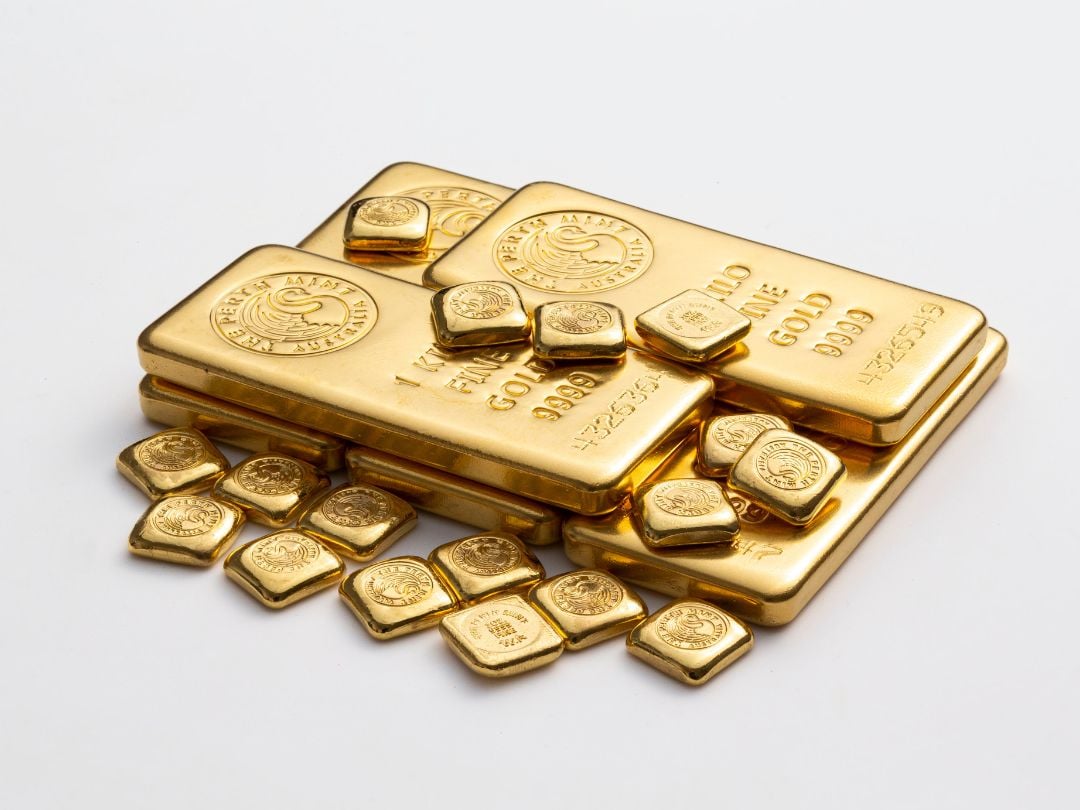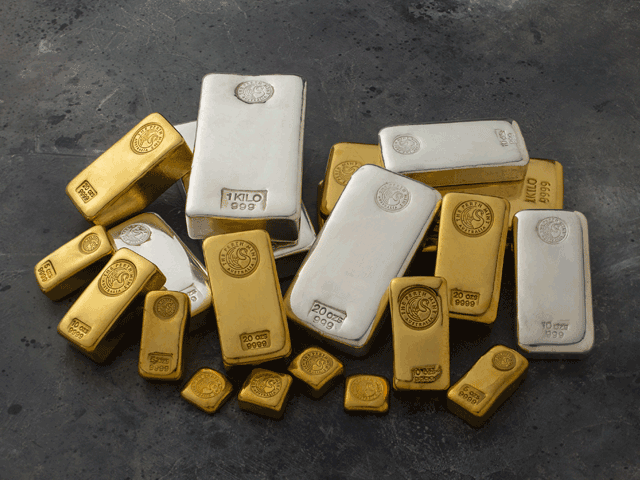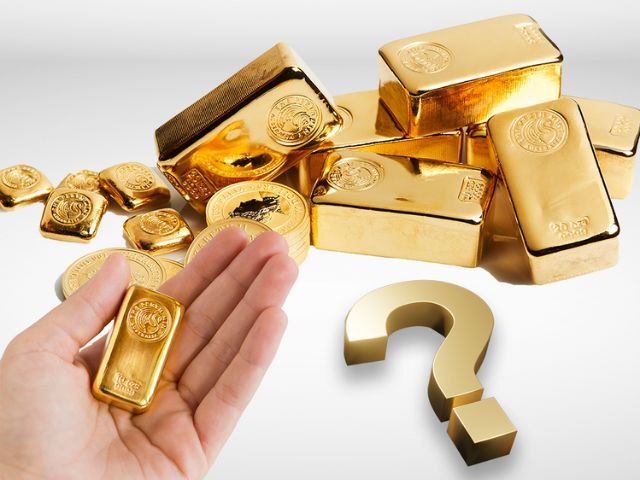The gold market structure and size

Gold has always been a popular form of investment due to its reliability, perceived stability, and relative scarcity, with many investors using it to diversify their portfolios.
Because there is such a wide variety of investors – from individuals to central banks and financial institutions – the market size is substantial as supply and demand fluctuates depending on market instability.
A sparse asset with a substantial market
According to the World Gold Council, it’s estimated that approximately 209,000 tonnes of gold have been mined throughout human history. Of this:
- Jewellery accounts for 46% (95,547 tonnes, USD 6 trillion)
- Central banks hold 17% (35,715 tonnes, USD 2 trillion) as reserves
- Bars and coins represent 21% (43,044 tonnes, USD 3 trillion)
- Physically backed gold ETFs hold 2% (3,473 tonnes, USD 0.2 trillion)
- The remainder, primarily industrial applications and holdings by financial institutions, is 15% (31,096 tonnes, USD 2 trillion).
Mine production adds approximately 3,500 tonnes per year, equivalent to an annual 2% increment.
Gold bullion is widely regarded as a valuable financial asset
The financial share of the physical gold market is made up of bars, coins, physically backed gold ETFs and central bank reserves. This accounts for around 82,200 tonnes worth USD 5 trillion, equivalent to 39% of total above-ground gold stocks.
Gold shares similar liquidity with other major assets
Because gold can be recycled indefinitely, with only a fraction lost through technological and industrial use, a considerable portion of the above-ground stocks can potentially be organised and sold on the secondary market. As a result, liquidity in the gold market is unmatched by most financial assets.
Gold is a small fraction of assets
Despite being a large and liquid market, the stock of gold bars, coins and ETFs amounts to USD 3 trillion, representing only around 1% of the estimated USD 266 trillion invested in financial assets globally, excluding foreign reserve holdings by central banks.
Gold’s role in international central bank reserves
Central bank reserve managers are tasked with investing vast sums of money in financial assets. While the ideal asset allocation strategy may vary for each institution, nearly all reserve managers adhere to the principles of safety, liquidity, and return.
Gold is one of several traditional reserve assets – along with the US dollar, euro, British pound and Japanese yen. The World Gold Council’s 2022 central bank survey shows that gold’s performance during times of crisis, its long-term store of value, and its lack of default/counterparty risk are key drivers behind gold ownership.
Structure and trends of gold supply and demand
The gold market draws stability from its sources of demand and supply, which are diverse across both sectors and geographies.
Supply: Gold is supplied from a mix of mined (75%) and recycled gold (25%). Mine production is well diversified geographically, with no single region producing more than a quarter of the global total. This reduces the risk of supply shocks and contributes to gold’s relatively low volatility compared to commodities whose mining is more geographically concentrated. And recycling acts as a buffer when gold from primary production cannot meet demand, responding to fill the gap and balance the market.
Demand: Gold is bought around the world for multiple purposes – as a luxury good, a component in high-end electronics, a safe-haven investment, or a portfolio diversifier. Gold demand is also geographically diverse, with major gold markets present across the world. Emerging markets – dominated by China and India – represent around 75% of annual global gold demand, while developed markets account for the remainder.
Gold demand remodelled by key trends
The allure of gold has been consistent throughout human history. However, in the last three decades, transformative changes have shaped the global gold market. Particularly economic growth has fuelled a surge in jewellery consumption, investment in technology, and the acquisition of gold bars and coins.
Moreover, the popularity of physically backed gold ETFs has significantly impacted institutional investment demand for gold.
To read the World Gold Council’s research in more depth, visit: https://www.gold.org/goldhub/research/market-primer/gold-market-primer-market-size-and-structure
How to invest in gold
Before investing in gold, it’s important to buy from a reputable dealer – one who will give you a competitive price for accurately assayed gold.
The Perth Mint is renowned globally and owned by the Government of Western Australia, with operations backed by a government guarantee enshrined in the Gold Corporation Act 1987 (WA). This exclusive guarantee offers clients peace of mind in the knowledge that a state entity guarantees the cash equivalent of gold due, payable and deliverable by The Perth Mint under the Act.
Whether buying for long-term investment in preparation for uncertain times or as part of a diversified investment portfolio, The Perth Mint’s investment products combine the convenience of trusted investment solutions with an age-old trusted store of wealth.
Find out more about investing with The Perth Mint here: https://www.perthmint.com/invest/information-for-investors/how-to-invest/
Disclaimer
Any opinions expressed in this article are subject to change without notice.
The information in this article and the links provided are for general information only and do not contain all information that may be material to you making an investment decision
The Perth Mint is not a financial adviser and nothing in this article constitutes financial, investment, legal, tax or other advice. Before making an investment decision you should consider whether it is suitable for you in light of your investment profile, objectives, financial circumstances and the merits and risks involved. You should consider seeking independent financial advice to check how the information in this article relates to your unique circumstances.
All data, including prices, quotes, valuations, and statistics included have been obtained from sources The Perth Mint deems to be reliable, but have not been independently verified by The Perth Mint and we do not guarantee their accuracy or completeness.
The Perth Mint does not accept any liability, including without limitation any liability due to any fault, negligence, default, or lack of care on the part of The Perth Mint., for any loss arising from the use of, reliance on, or otherwise in connection with the information contained in this article.










